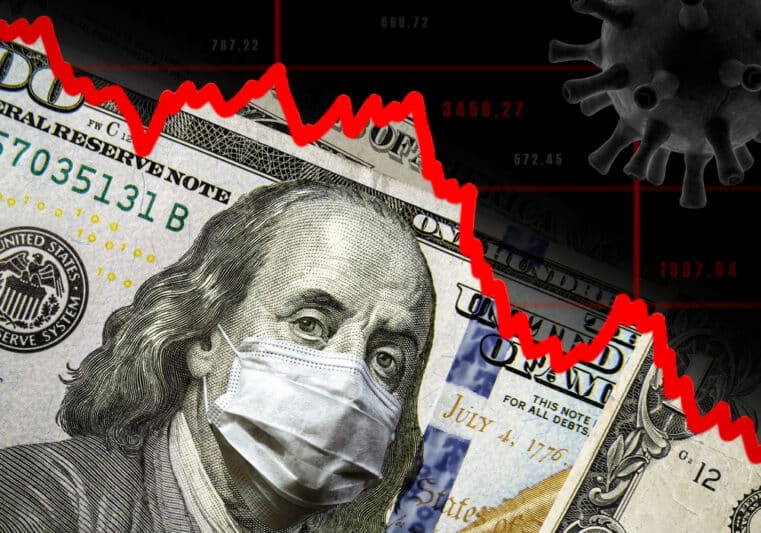
How a Fading Dollar and Faked Employment Data Are Masking Economic Decay
The Illusion of a Strong Labor Market
Last month, the Bureau of Labor Statistics (BLS) released an employment report claiming the U.S. added 147,000 jobs in June. Headlines proclaimed this a triumph—proof of a resilient economy. But let’s put that figure in context.
To keep up with the combined forces of population growth and immigration, we need to generate about 150,000 jobs each month simply to avoid slipping backward. By that measure, this “strong” jobs number is barely maintaining equilibrium, not driving genuine growth.
And that’s assuming the number itself is accurate. A closer look reveals that it isn’t purely the result of counting real paychecks—it’s built on adjustments, estimates, and historical modeling.
Four Major Adjustments That Distort the Data
Most Americans don’t realize that headline economic numbers rarely come straight from surveys. Here are four ways the BLS routinely transforms raw data into something more politically palatable:
- Seasonal Adjustments
The BLS uses statistical models (like X-13ARIMA-SEATS) to remove effects of weather, holidays, and seasonal hiring patterns. In theory, this clarifies trends, but it also means the final figure can differ significantly from what companies actually reported. - Birth/Death Model Adjustments
Since the government doesn’t track every new business opening or closing in real time, the BLS estimates how many jobs were created or lost by firms that didn’t respond to surveys. This model frequently overestimates job creation, inflating monthly totals. - Population Control Adjustments
Once a year, the agency revises its household survey data to align with census population estimates. This process introduces even more uncertainty because those estimates can be off by millions. - Quality Adjustments
Particularly in inflation measures, the BLS adjusts for improvements in products. If a car costs more but has new technology, they discount part of the price increase as “quality improvement,” making inflation look lower.
These methods can be useful, but they also create an environment where reported numbers drift away from reality—and the drift consistently favors a positive narrative.
Falling Confidence in Official Data
Even establishment economists are sounding the alarm. Moody’s Analytics chief economist Mark Zandi described the government’s economic data as “increasingly shaky,” pointing to massive revisions—like the 95,000-job downward correction in April and March figures.
The Washington Post has acknowledged that federal agencies are relying more on statistical guesswork as budgets shrink and survey participation falls. When the baseline data is weak, no amount of modeling can salvage accuracy.
The Dollar’s Decline Tells the Real Story
While the employment reports are massaged into optimism, the dollar is sending a far less reassuring signal.
The U.S. currency has now weakened for six consecutive months, with 2025 shaping up to be its worst start in over 50 years. That’s not a theoretical problem—it means your purchasing power is evaporating. Everyday goods are more expensive, imports cost more, and the country’s ability to finance its deficits is eroding.
Foreign investors are voting with their capital. They’re reducing exposure to U.S. assets, wary of soaring deficits and decades of loose monetary policy. No press release or spreadsheet adjustment can paper over that reality.
Why This Matters
If the underlying fundamentals were truly healthy, the dollar wouldn’t be falling this hard. And if the job market were as strong as advertised, Americans wouldn’t be relying on record levels of debt just to stay afloat.
When government data grows more speculative, the public loses the ability to plan, save, and invest with confidence. And when policymakers base trillion-dollar decisions on these uncertain figures, the risks only grow.
Call to Action:
Don’t leave your financial future to the same institutions that engineered this mess. Download Seven Steps to Protect Yourself from Bank Failure by Bill Brocius. Arm yourself with knowledge and take back control.












